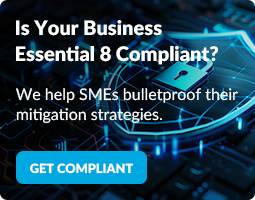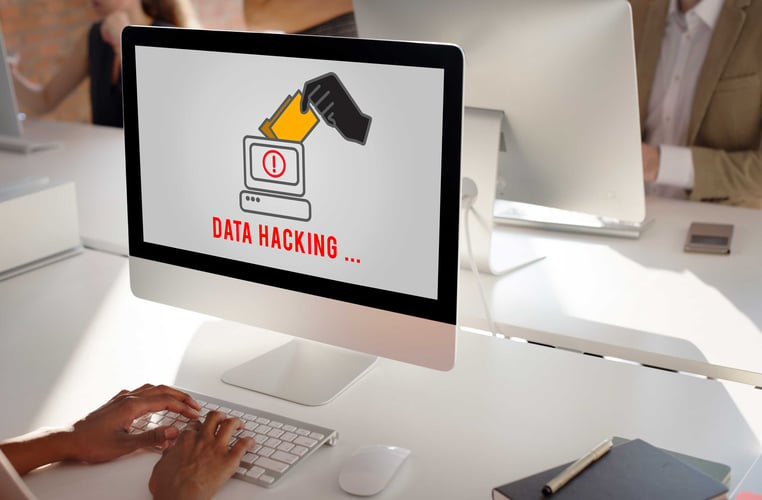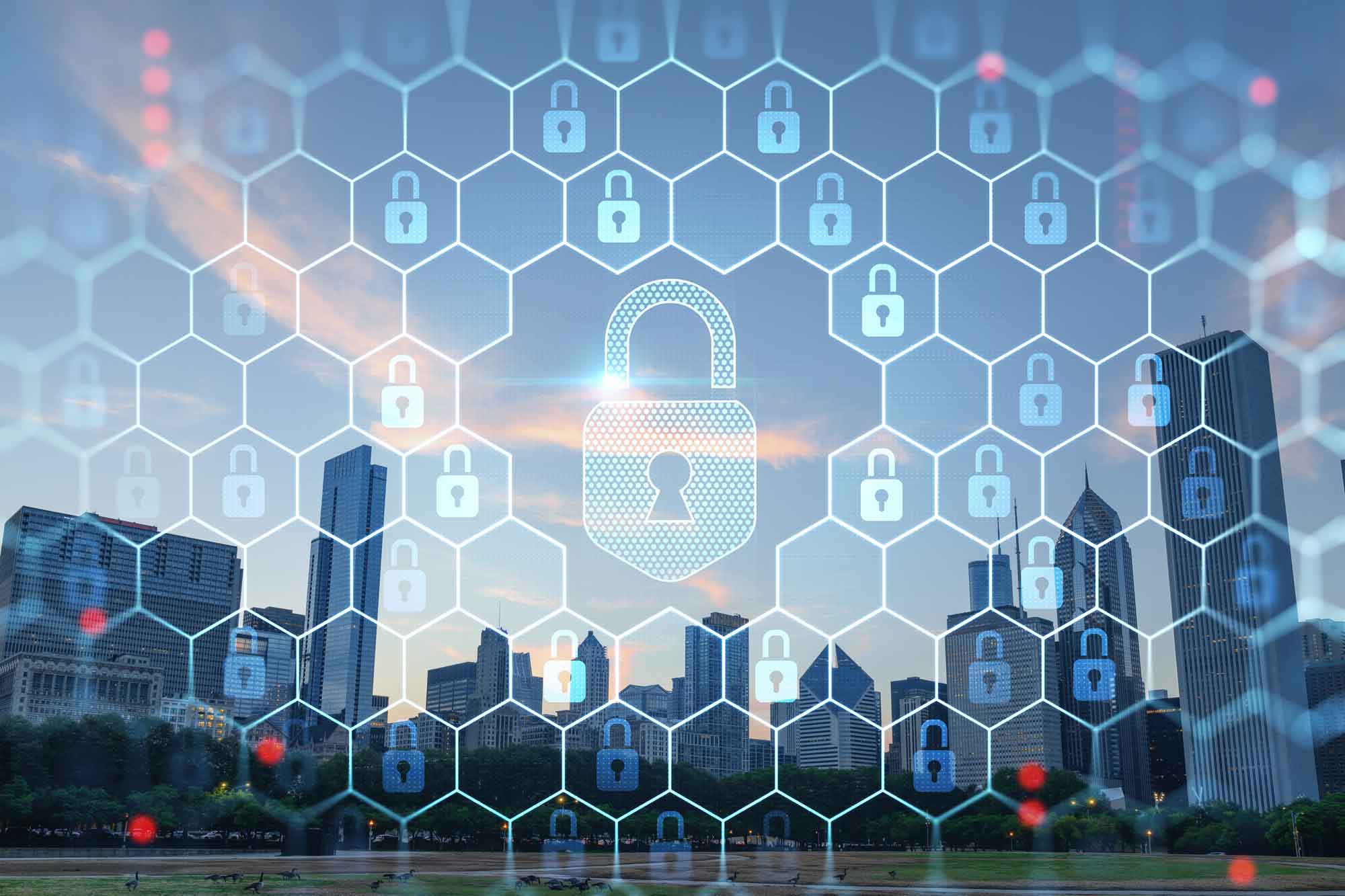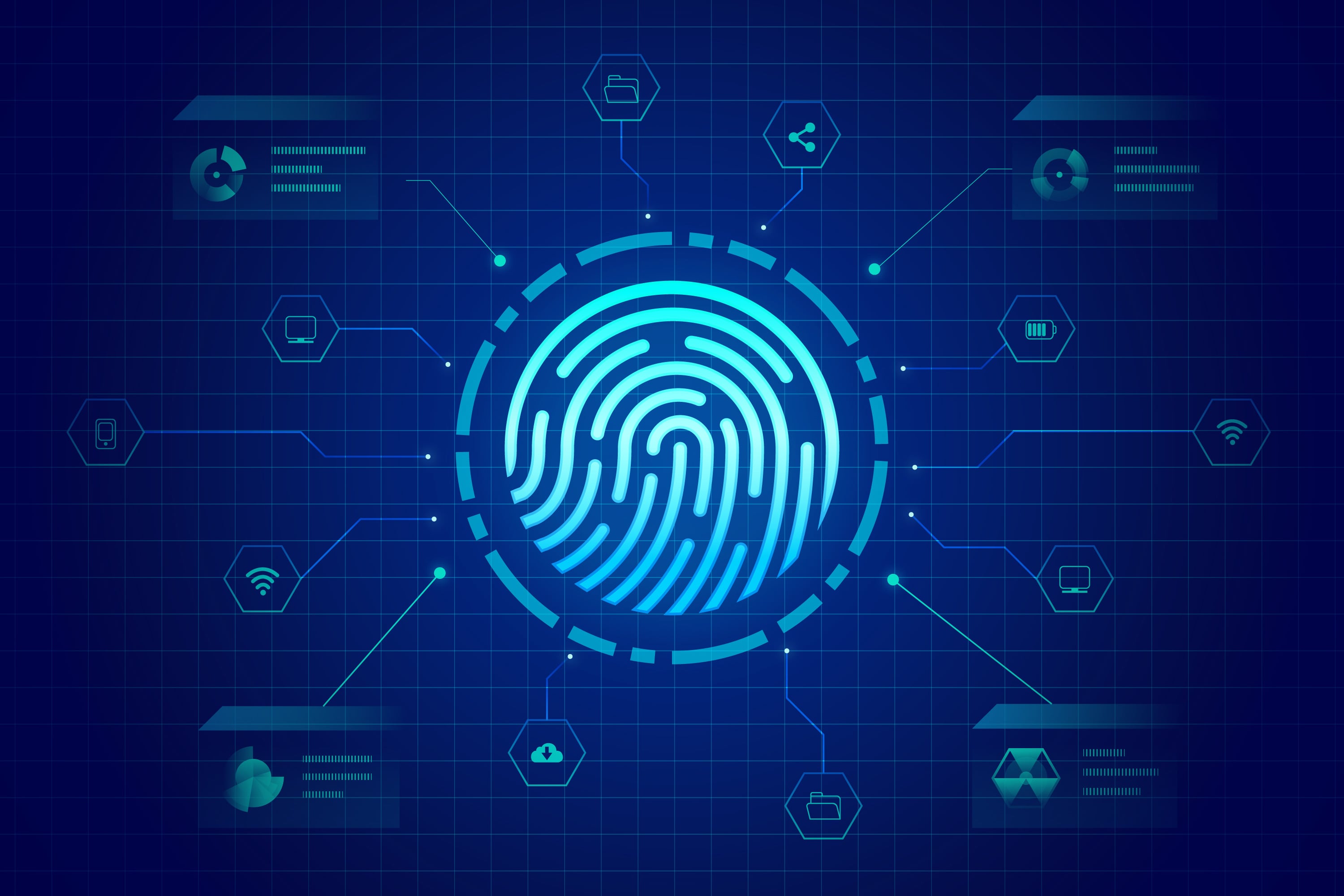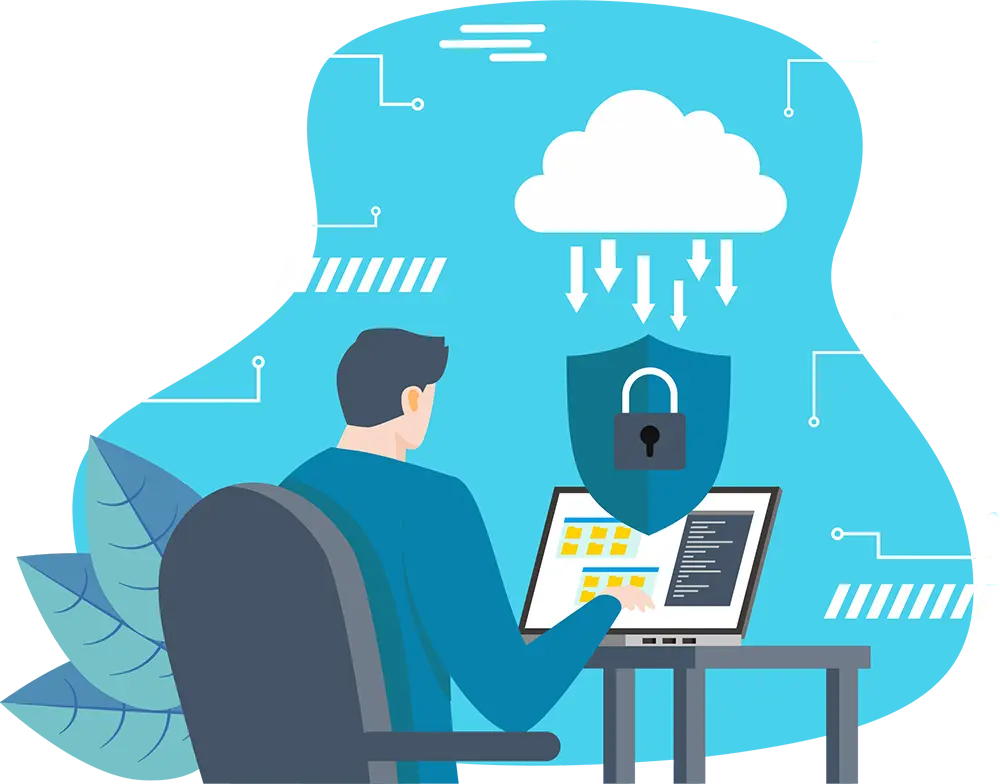Cyber security risks are constantly evolving, and with the ever-growing dependence on technology, it's crucial to stay aware of potential threats.
In 2023, we expect to see a continuation of some of the most common cybersecurity risks that have plagued businesses and individuals for years. To combat these looming threats, many organizations are turning to IT managed security services for comprehensive protection and real-time threat detection. These services offer businesses constant oversight of their networks and systems, providing real-time threat intelligence that can help prevent attacks before they happen.
In this article, we'll be highlighting the common cyber security risks you should watch out for in 2023 and beyond - because they don't seem to be going away anytime soon and they remain a major risk to your data.
Malware
Malware, short for malicious software, is a program designed by hackers to compromise computers, networks, and mobile devices’ integrity. Malware works secretly and comes in many forces, such as viruses, spyware, and ransomware.
Attackers have many sneaky ways to inject malware into your devices. But they mostly use social engineering tactics to trick you into clicking a link or downloading an attachment. Well news flash, these pages or files contain malware that will attempt to install itself on your device and attack your data from the inside.
Although malware has been around since the development of computers, it remains a crucial risk to systems (especially to those who don’t have the necessary security solutions set up). Many businesses still fall victim to malware, leading to their data being stolen, held for ransom, controlled by someone else or sold to the highest bidder.
Phishing
Phishing is a cyber security risk that has gained prominence in recent years. It involves using fraudulent emails, text messages or phone calls to trick you into clicking a link, downloading an attachment, or sharing sensitive information such as passwords and credit card details.
Phishing scams have grown to be more sophisticated throughout the years. One reason is attackers use social engineering methods to target unsuspecting users – especially those unfamiliar with good online security practices.
Although IT experts are continuously making improvements to stop phishing emails from getting into your inbox, some can still slip through the gaps. And those that do go heavy on their social engineering strategy wherein they create a sense of urgency or fear in their victim to increase their chances of falling for the scam.
Ransomware
Ransomware is malware that installs itself on a device or network and encrypts all stored data preventing you and your team from accessing it. The attacker then demands payment in exchange for restoring access to the data.
Ransomware attacks increase and get more aggressive by the year. It can easily cripple businesses because once it infects a computer, victims receive instructions on how to pay the ransom via cryptocurrency such as Bitcoin. And this can lead to massive financial losses – especially if you don’t have the necessary backup solutions before the attack. Sometimes, even if victims pay the ransom demand, there is no guarantee they will regain access to their stolen data.
Small businesses are typically the targets for ransomware attacks because they’re easier to hack and more likely to pay the ransom since they more likely don’t back up their data and want to resume operations as soon as possible. But for some businesses who don’t have the means to pay the hefty ransom, they mostly won’t survive the attack and could potentially have to close down.
Hackers typically target businesses in the healthcare and finance industry because they hold confidential and sensitive client data that they could exploit for other means.
Insider threat
Insider threat is a common cyber security risk that originates from within a business. Trusted employees, contractors, vendors, or partners are typically the cause of insider threats. They misuse their access to confidential data and systems and use them for malicious purposes.
This cyber risk is dangerous because it can happen intentionally or unintentionally – all with the same repercussions: loss of intellectual property and trade secrets, sabotaged equipment and tech infrastructure, and loss of access to networks.
Insider threat is a serious risk because it puts your business and your employee and customer data on the line. And if successful, this threat can cause critical financial losses leading to business closure if not mitigated. With that in mind, this risk tends to be more damaging than those caused by external attacks because inside attackers have intimate knowledge of your IT infrastructure and security measures, so they know where and how to strike.
Traditional cyber security solutions focus on preventing external threats leaving you vulnerable to internal threats. So, to mitigate the risk of insider threats, companies must implement the necessary cybersecurity policies and procedures for both internal and external threats. This process includes monitoring employee network activity for suspicious behaviour and enforcing strict access controls on sensitive data.
Zero-day exploit
Zero-day exploit is a common cyber security risk that takes advantage of software vulnerabilities unknown to the public or software vendor. Attackers then use this vulnerability to gain illegal access and take control of sensitive systems, steal data, or install malicious code without your knowledge.
The term zero-day comes from the fact that once discovered, vendors have zero days to fix the vulnerability before attacks can occur. One great example is last year's Microsoft Office Zero-Day Follina.
Zero-day exploits pose a significant threat to individuals and companies because they leave no time for patching or developing defence strategies. Advanced persistent threats (APTs) and nation-state actors typically use this attack since they seek valuable information such as intellectual property, trade secrets, or classified intelligence.
Sadly, it is rare to discover these attacks promptly. It would take weeks – and sometimes months – to find the vulnerability before the software developer locates it as the source of the attack.
5 things you can do to protect yourself (and your business) from cyber security risks.
Keep your software up to date
Having a flaw in your system means you’re vulnerable to cyber risks. And software vendors work hard to prevent this from happening. But all that will be for naught if you don’t update your software to the latest version once available.
By keeping your software up to date, you are lowering your cyber risks, protecting your data, and getting the latest features that improve software performance on your device.
Create a weekly schedule to check and run any available updates. It’s best to do this at the end of the work week. But if you want to implement new updates as soon as they’re released, you can turn on automatic updates on your devices and apps.
Implement a password policy
We saw too many businesses use predictable passwords like 12345, admin, and qwerty on their official accounts. If this is you, then you are very much at risk of cyber-attacks.
Your password is like a padlock to your accounts. If your lock is weak, anyone can enter your accounts and access your confidential data without breaking a sweat.
To ensure your accounts are secured, implement a password policy that withstands cyber threats like brute force and password attacks. Make it more difficult for hackers to gain access to your data.
The longer passwords you have and the more unique your passwords are on each account, the better.
We know what you’re thinking.
Wouldn’t it be too hard to remember all of those?
Well, you can use password managers to store your account credentials – that way, you won’t have to remember all your passwords. You only need to recall your password manager credentials with MFA on top, and you’re all good to go!
Enforce multi-factor authentication (MFA)
Multi-factor authentication, also known as two-factor authentication, is an authentication method wherein it requires a user to provide two or more forms of identification before gaining access to an account or system to confirm if you’re authorised to access the account or not.
Multi-factor authentication is a godsend for cyber security. It increased protection by making it harder for cybercriminals to gain illegitimate access, even if they have your credentials from phishing scams or purchasing from the dark web.
We recommend you enable MFA on all your online accounts, especially on accounts that have (or have a trace) of your banking details. Because of increasing cyber risks, especially in industries like baking, healthcare, and e-commerce, it’s never wrong to be too careful.
FYI: MFA is not just about OTPs (One Time Passwords). You can also use other verification, such as biometrics (fingerprint and face ID) and smart cards.
Train your staff about good security practices
Your staff plays a critical role in keeping your networks safe. But most of the time, they’re the cause of breaches. As a result, you must prioritise security awareness training to stay one step ahead of potential threats.
Investing in good security awareness training for your staff is crucial to ensure you have the knowledge and skills to identify and respond appropriately to potential security breaches. This training includes password management, recognising phishing emails, identifying suspicious activities, and more.
Educating your staff means you reduce the risk of costly data breaches, which could damage your business reputation.
Back up your data
Regular data backup is crucial for the survival of any business, whether or not you fall victim to a cyberattack or experience IT issues. When you have an updated backup of your essential data, you can recover from the disaster and get to work. And on top of that, it doesn’t cost much to set up data backup!
Although backup is good, having multiple backups is better! If your business relies on data, create regular backups on different sources (local server, cloud, portable device etc.).
Your data is an important asset. So, it only makes sense if you make it a priority. Regularly back up at least one or two copies of your data on different storage solutions. If you’re using cloud backup, automate the backup process. And if you’re using a physical backup device, set a daily or weekly schedule to ensure you have a backup of the latest versions of your data.
To further secure your backup, encrypt your data and hide the encryption keys safely. Also, implement multi-factor authentication if you’re using cloud storage for your backup to ensure only authorised individuals can access your backup data.
Bonus: Signup for a cyber liability insurance
In today's digital age, cyber security risk is a constant threat to businesses of all sizes. With the rise of technology, companies face new challenges and vulnerabilities that can lead to devastating data breaches, network failures, and other cyber attacks. Cyber liability insurance is one solution that many businesses use to mitigate these risks.
Cyber liability insurance provides coverage for expenses related to cyber-attacks and data breaches. The coverage can include legal fees, notification costs, credit monitoring services for affected customers or employees, public relations efforts to repair brand reputation damage resulting from the attack or breach, and even ransomware payments in some cases. Essentially, this type of insurance helps safeguard companies against financial losses from cyber security risks.
Consider obtaining cyber liability insurance as part of your overall cyber risk management strategy. Without it, you may be vulnerable to costly legal battles and reputational damage if a cyber attack occurs.

